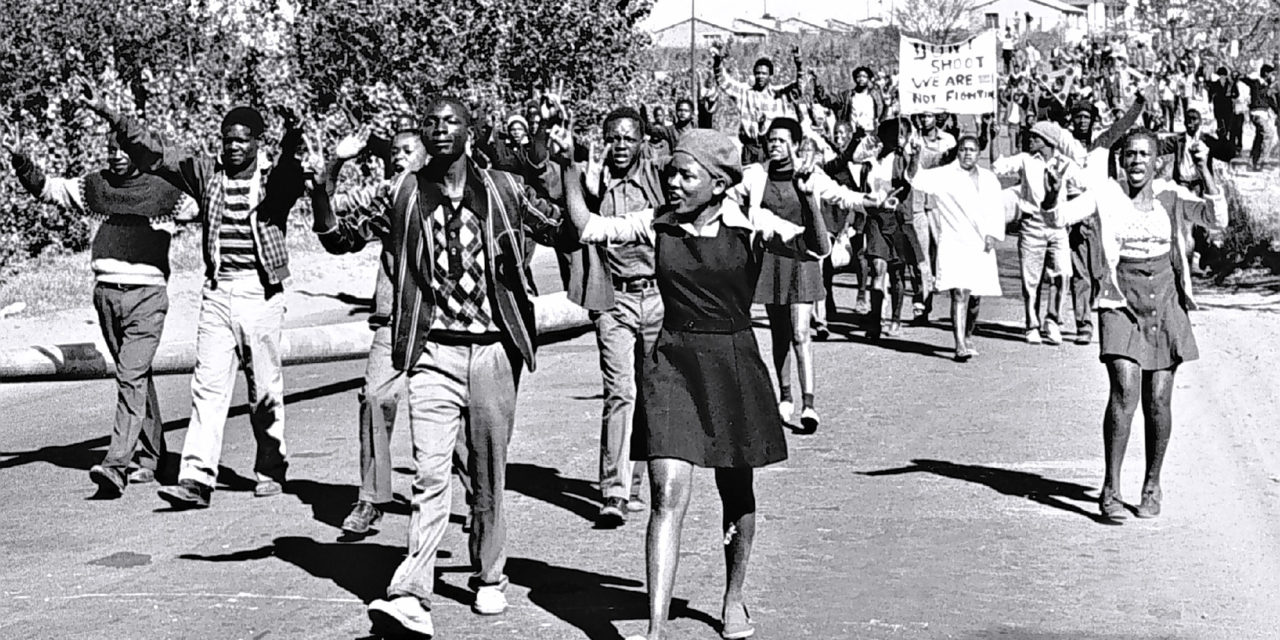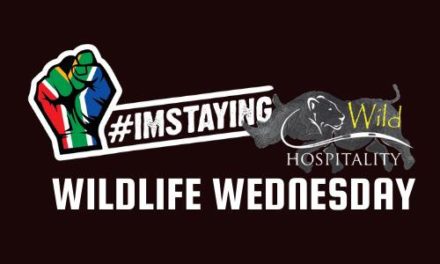Every year, since 1995, we celebrate National Youth Day on 16 June to not only celebrate our astounding youth and future leaders of our country but also to commemorate those who have played a significant role in bringing democracy to our nation.
A peaceful protest ended in bloodshed
On this day exactly 44 years ago, thousands of school students from Soweto marched to protest against the education system that was forced upon them. In 1974, Afrikaans became a compulsory medium of instruction in schools alongside English. The native languages and culture of thousands of students were completely disregarded.
The march was intended to end with a rally at Orlando Stadium, but this was not meant to be. Along the way, the protesters were met by heavily-armed police. Although teargas was first fired to disperse the crowd, live ammo soon became the weapon of choice. The official death toll for the day stood at 176. This included 174 black students. According to the government-appointed Cillie Commission of Inquiry, however, 575 people died. It was found that the police were responsible for 451 of these deaths and 2,389 of the 3,907 injuries. The number of people arrested for offenses related to the march was said to be in the region of 5,980.
Among the fatalities recorded on the day was that of Hector Pieterson.

Who was Hector Pieterson?
Hector Pieterson was born on 19 August 1963 in Soweto. He was only 12 years old at the time of his death -the age of a typical Grade 6 child. The photograph by Sam Nzima of a young man carrying the critically injured Hector Pieterson in his arms is without a doubt one of the most famous photos in the history of South Africa. Not only did it capture the attention of people throughout the world but it also highlighted the many injustices of apartheid. Nzima was a photographer for Johannesburg-based newspaper The World at the time and was present when Mbuyisa Makhubo picked the critically injured Hector up and ran towards a press car together with Hector’s sister Antoinette. Hector was taken to a nearby clinic where he was pronounced dead. He was buried in Soweto.

Photo: Sam Nzima
“I saw a child fall down. Under a shower of bullets I rushed forward and went for the picture. It had been a peaceful march, the children were told to disperse, they started singing Nkosi Sikelele. The police were ordered to shoot.” – Sam Nzima
Although Hector’s death became synonymous with the fight against apartheid, he was not the first child to have been shot on that fateful day. 15-year-old Hastings Ndlovu was shot before Hector and while he died later, there was no photographer around to record his dying moments.

Hector being loaded into a car. Photo: Sam Nzima
His death was not in vain
After the 1976 Uprising, a new-found political awareness saw the emergence of a new generation of leaders including Murphy Morobe, Popo Molefe, and current president Cyril Ramaphosa. The uprising changed the course of history and paved the way for a new, democratic South Africa. After the country’s first democratic elections in 1994, 16 June was officially declared ‘Youth Day’ in memory of the youth who lost their lives in the struggle against apartheid.

During the 1990s a memorial was erected for Hector Pieterson. It is situated in Khumalo Street, no more than a few hundred meters away from where he was shot. In 2002, the Hector Pieterson Museum was opened in Orlando West, Soweto. The museum is home to a variety of audio-visual and photographic displays that depict the various struggles the youth were faced with.
To this day the death of Hector Pieterson and the Soweto Uprising remains a somewhat controversial topic. It is, however, imperative that we as South Africans have the difficult discussions that will not only allow us to understand our past better, but also enable us to create a brighter future for our children.
It was, after all, Nelson Mandela who said: “No one is born hating another person because of the colour of his skin, or his background, or his religion. People must learn to hate, and if they can learn to hate, they can be taught to love, for love comes more naturally to the human heart than its opposite.”
Happy Youth Day!
To donate to the #ImStayingFund,
please click here:
Please submit your story to us HERE
For more positive and uplifting stories visit us at #ImStayingGOOD THOUGHTS • GOOD WORDS • GOOD DEEDS








